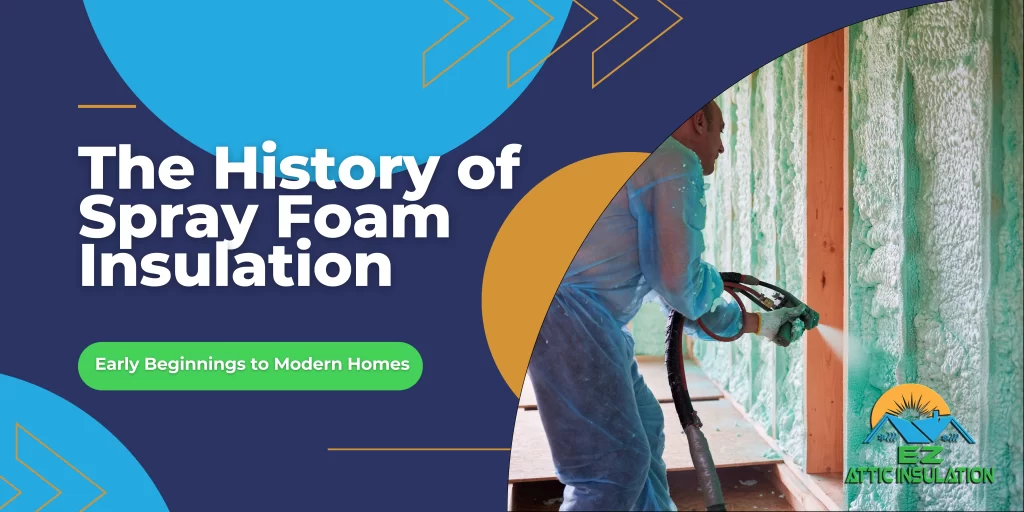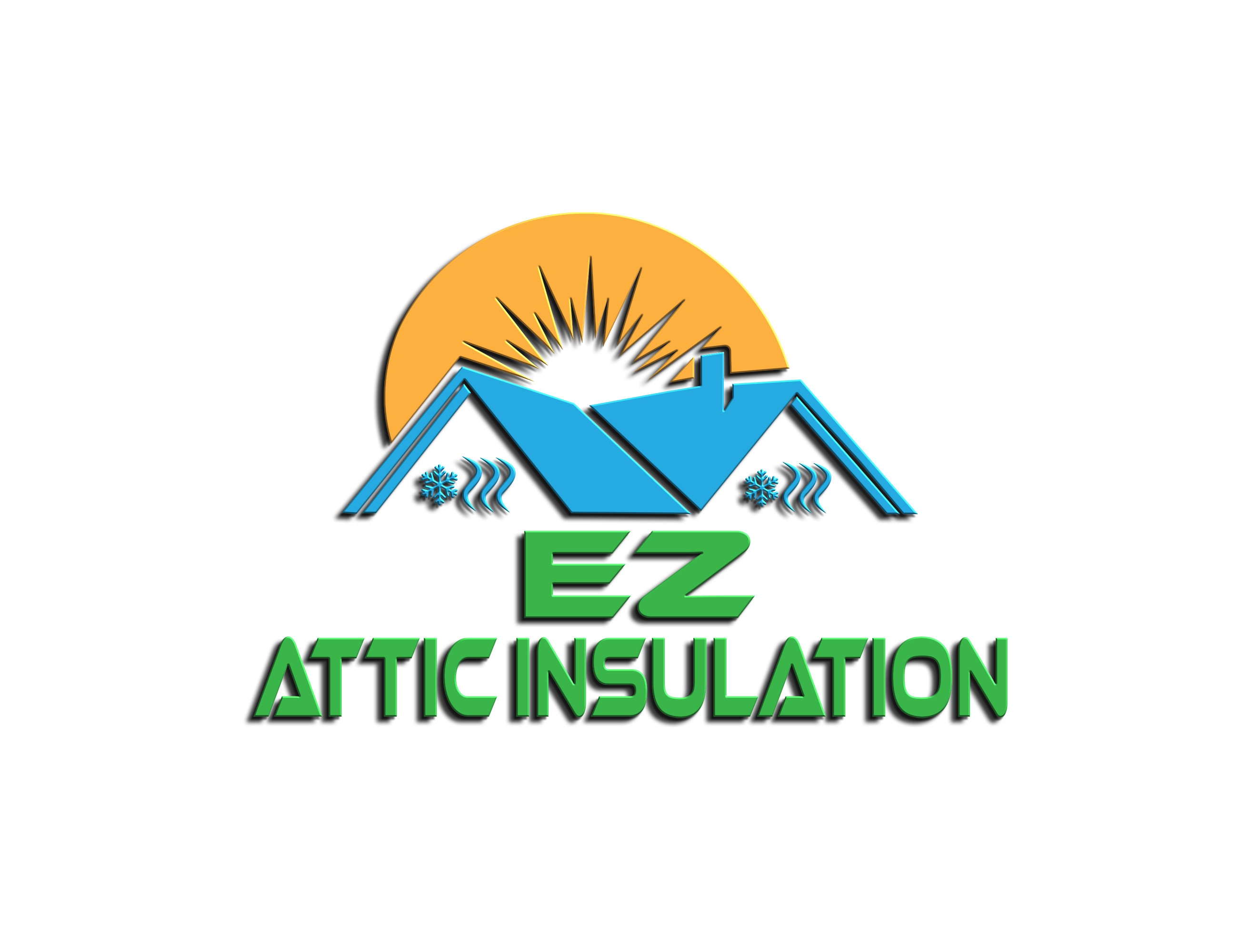
- April 20, 2024
The History of Spray Foam Insulation
From Early Beginnings to Modern Homes
Spray foam insulation has become increasingly popular among homeowners and builders alike, thanks to its superior insulating properties, versatility, and durability. But have you ever wondered about the origins of this innovative material?
In this blog post, we’ll take a fascinating look through the history of spray foam insulation, from its early beginnings in the 1940s to its widespread use in homes and buildings today.
In this blog, we’ll compare two popular insulation options, cellulose and spray foam, to help you make an informed decision for your home.
Polyurethane - The Origins of Spray Foam
The story of spray foam insulation begins with the invention of polyurethane in the 1940s. German industrial chemist Otto Bayer and his team at IG Farben developed the first polyurethane foams, which were initially used in aircraft insulation and other industrial applications.
Polyurethane is created by the reaction of two main components: isocyanate and polyol resin. When these materials are mixed together, they expand and harden to create a durable, foam-like substance. This early version of polyurethane foam laid the groundwork for the development of spray foam insulation in the decades to come.
NASA's Role in Advancing Spray Foam Technology
While Otto Bayer’s invention of polyurethane in the 1940s laid the foundation for spray foam insulation, it was NASA’s involvement in the 1960s and 1970s that helped to further advance the technology. As the space agency prepared for missions to the Moon and beyond, they required advanced insulation materials that could withstand extreme temperatures and protect spacecraft from the harsh conditions of space.
NASA collaborated with industry partners to develop improved polyurethane foam formulations that could be spray-applied and provide superior insulation properties. These advancements in spray foam technology not only benefited the aerospace industry but also paved the way for the development of commercial spray foam insulation products for homes and buildings.
This is partly due to Houston’s high humidity levels, which can cause cellulose to absorb moisture, leading to mold growth and reduced insulation effectiveness.
From Industry to Home: The Evolution of Spray Foam
As the benefits of polyurethane foam became more widely known, and with the advancements made through NASA’s research, the material began to find applications outside of industrial settings. In the 1970s, the first commercially available spray foam insulation products hit the market, designed for use in residential and commercial buildings.
These early spray foam insulation products were primarily open-cell foams, which have a lower density and are more permeable to air and moisture. While they provided good insulation value, they were not as effective at sealing air leaks and preventing moisture intrusion as their closed-cell counterparts.
In the 1980s and 1990s, advancements in chemistry and manufacturing processes led to the development of closed-cell spray foam insulation. This type of foam has a higher density and is more resistant to air and moisture penetration, making it an ideal choice for homes and buildings in humid climates like Houston.
The Rise of Spray Foam in the 21st Century
Over the past two decades, spray foam insulation has continued to gain popularity among homeowners, builders, and contractors. As energy efficiency and green building practices have become more important, the demand for high-performance insulation materials like spray foam has skyrocketed.
Today, spray foam insulation is widely recognized as one of the most effective ways to insulate a home or building. Its ability to seal air leaks, prevent moisture intrusion, and provide superior thermal resistance with higher R-value has made it a top choice for new construction and retrofit projects alike.
Insulate Your Home with Houston's experts
Use the highest grade, modern insulation with EZ Attic Insulation.
Spray Foam Insulation in Houston
If you’re considering spray foam insulation for your Houston home, it’s essential to work with experienced insulation professionals who understand the unique challenges of insulating homes in our hot and humid climate. At EZ Attic Insulation, we have years of experience installing spray foam insulation in Houston homes, and we’re committed to providing our customers with the highest quality materials and workmanship.
Our skilled technicians use state-of-the-art equipment to apply spray foam insulation quickly and efficiently, ensuring a seamless, airtight seal that will keep your home comfortable and energy-efficient for years to come. Whether you’re building a new home or retrofitting an existing one, we can help you choose the right type of spray foam insulation for your needs and budget.
Invest in the Future with Spray Foam Insulation
From its early beginnings with polyurethane to its current status as a leading insulation material, spray foam has come a long way over the past 80 years. By investing in spray foam insulation for your Houston home, you’re tapping into a history of innovation and ensuring a more comfortable, energy-efficient future for you and your family.
Contact EZ Attic Insulation today to learn more about how spray foam insulation can benefit your home, and take the first step towards a more sustainable, cost-effective future.
Insulate with Spray Foam Insulation Today
Discover the modern power behind spray foam insulation with EZ Attic.

